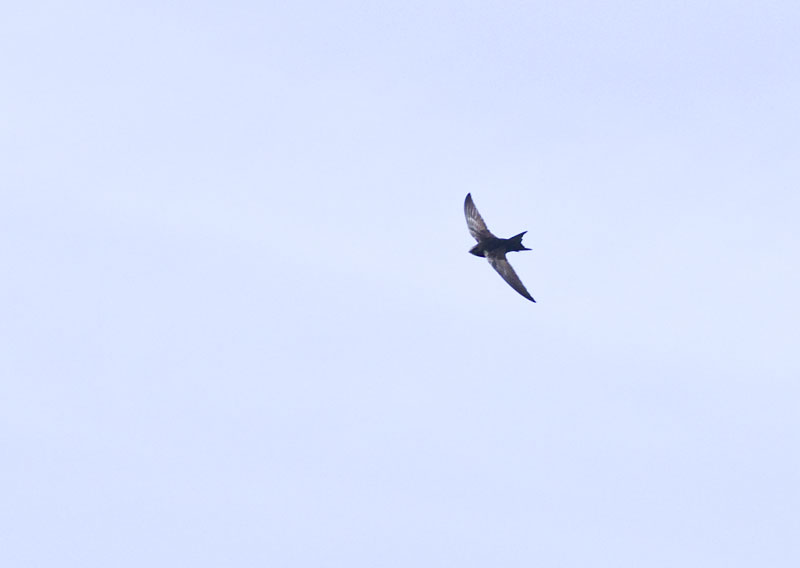This
Month on the Emmbrook
What to look for if you are out and about in
JUNE
General
In June summer is in full swing, with mid-summer officially heralded on the 21st of this month with the solstice also known as "the longest day". The countryside is lush and the hedgerows, meadows and woodlands are bursting with growth. Trees are now all fully in leaf. The Hawthorn blossom starts to fade, but the Elder comes into bloom.
Birds

Parties of Swifts can be seen and heard schreeching high over Riverside Walk and Swallows can be seen swooping low over the grassed areas. The birds are singing less now as the breeding season is in full swing and their preoccupation is finding enough food to satisfy their nestlings. Young birds can be seen relentlessly demanding food from the worn out adults.
Insects
.jpg)
A walk along the banks of the Emm brook may well result in a flurry of wings of the Banded Demoiselles, as they take to the air. These damselflies emerge in early June, and will normally fly on and soon settle once again on another leaf. By mid June all damselfly species will have emerged as adults. Breeding adult male Stag Beetles emerge in May or June, depending on the weather, followed shortly after by the females. The Stag Beetle is Britain's largest insect and one of the most well-known of all the beetles. The male is easily recognised because of his mouthparts which have evolved into enormous jaws, resembling the antlers on a stag's head.
Soldier Beetles are very much in evidence.One common British species is bright red, reminding people of the red coats of soldiers, hence the common name.
They are often seen in large numbers in June and July on flower heads of cow parsley and hogweed. It's quite rare to see them singularly. More often they are seen as mating pairs.
Butterflies
Most of the common garden species can be seen in June, Peacock, Comma, Small Tortoiseshell, Small, Green Veined and Large Whites, Orange Tip, Meadow Brown and Holly Blue should be present searching out nectar bearing plants, we should also start seeing migrant Painted Ladys and Red Admirals.
Moths
June is also the best time for Hawkmoths , Bufftips and Emperor Moths There are plenty of common garden moths to be found in June and a look in your greenhouse/garage or around one of your security/outside lights in the early evening should produce at least a couple of the following - Brimstone Moth, Pale Shouldered Brocade, Spectacle, Ingrailed Clay, Bright Line Brown Eye, Small Magpie, White Ermine, Buff Ermine, or a Silver Ground Carpet . Also day flying moths are attracted to your garden and Silver Y, Hummingbird Hawkmoth and Diamond backed Moth are sometimes seen feeding on flowering plants.
Other Wildlife
Plants & Trees
June is a great month to see flowers. The warm weather induces a massive increase in the diversity of flowering plants. Honeysuckle and Dog Rose will be coming into flower. Many of the vetches come out in June, climbing up , to make a splendid show of mauve and purple flowers. The commonest are Common, Tufted and Bush Vetch.
